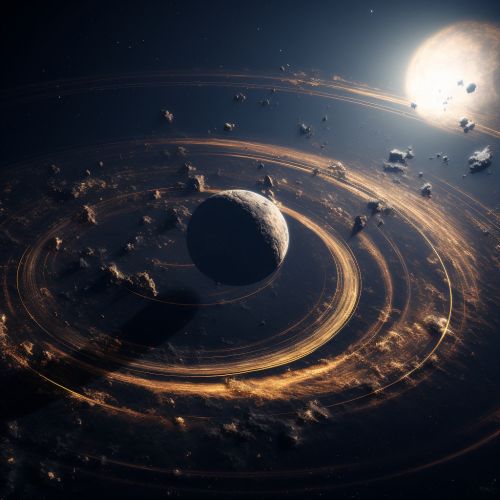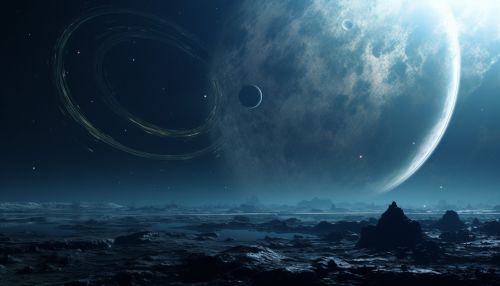The Dynamics of Planetary Ring Systems and Satellite Interactions
Introduction
The planetary ring systems and their interactions with satellites represent a fascinating area of study within the field of planetary science. These systems, which are primarily found around the giant planets in our solar system, are composed of countless particles that range in size from tiny dust grains to large boulders. The dynamics of these systems are influenced by a variety of factors, including the gravitational forces exerted by the planet and its satellites, the physical properties of the ring particles, and the interactions between the particles themselves.


Formation and Composition of Planetary Ring Systems
Planetary ring systems are believed to have formed from the remnants of moons that were destroyed by the gravitational forces of their parent planets, a process known as tidal disruption. These remnants then spread out into a thin, flat disc that orbits the planet. The composition of these systems is primarily ice, but can also include rock and dust. The exact composition can vary depending on the specific planetary system and its history.
Dynamics of Planetary Ring Systems
The dynamics of planetary ring systems are governed by a complex interplay of forces. The primary force is the gravitational pull of the planet, which keeps the particles in orbit. However, other forces also play a role, including the gravitational interactions between the particles themselves, as well as with any satellites that may be present. These interactions can lead to the formation of intricate structures within the ring system, such as gaps, arcs, and spokes.
In addition to these forces, the physical properties of the ring particles, such as their size, shape, and density, also influence the dynamics of the system. For example, larger particles can exert a greater gravitational influence on their surroundings, leading to the formation of localized structures within the ring.
Satellite Interactions
Satellites can have a significant impact on the dynamics of a planetary ring system. They can create gaps within the ring, shepherd particles into specific orbits, and even cause waves to propagate through the ring. These effects are primarily due to the gravitational influence of the satellite, which can perturb the orbits of the ring particles.
One of the most well-known examples of satellite interactions with a ring system is the Encke and Keeler gaps in Saturn's rings, which are maintained by the small moons Pan and Daphnis. These moons act as shepherd moons, confining the particles to the gap and preventing them from spreading out.
Advanced Topics in Ring Dynamics
While the basic principles of ring dynamics are well understood, there are many advanced topics that continue to be the subject of ongoing research. These include the study of ring instabilities, the role of magnetospheric interactions, and the impact of meteoroid bombardment on ring systems.
